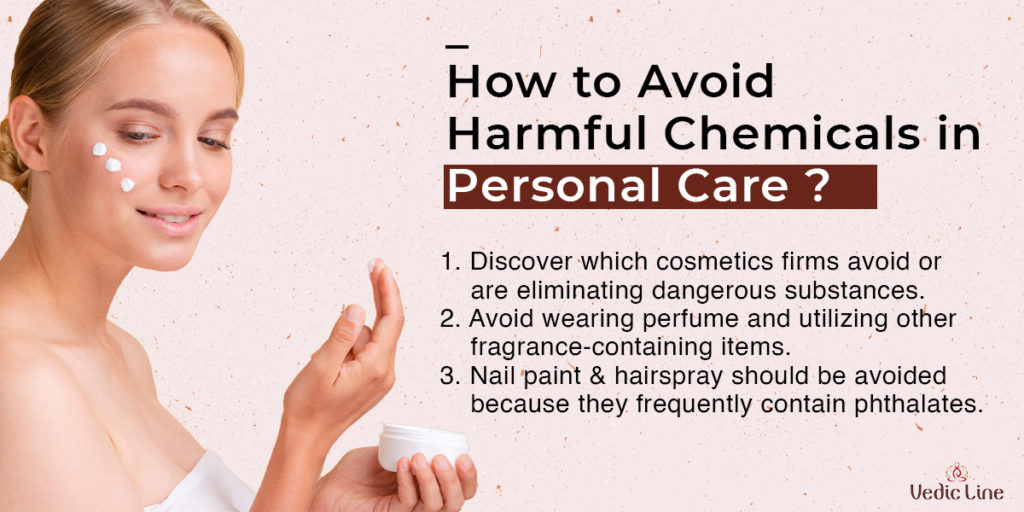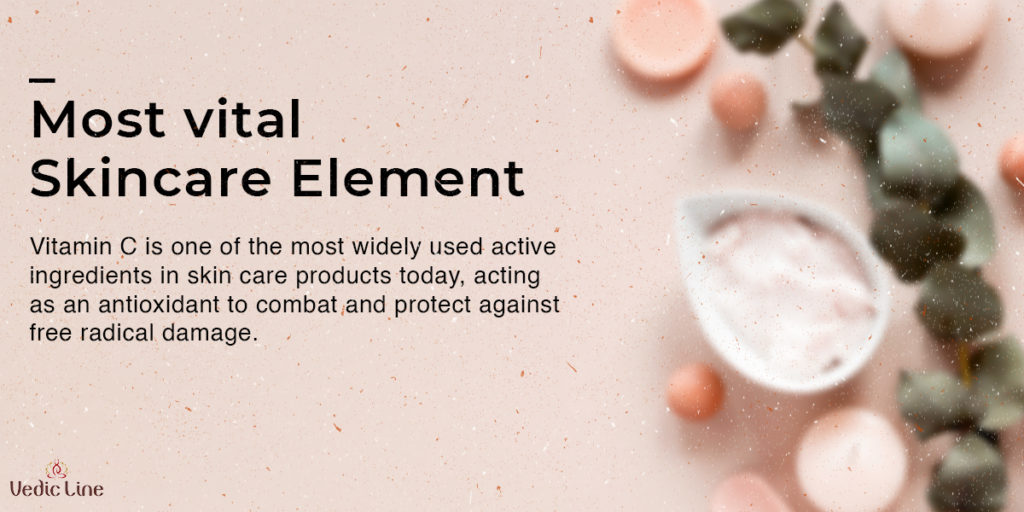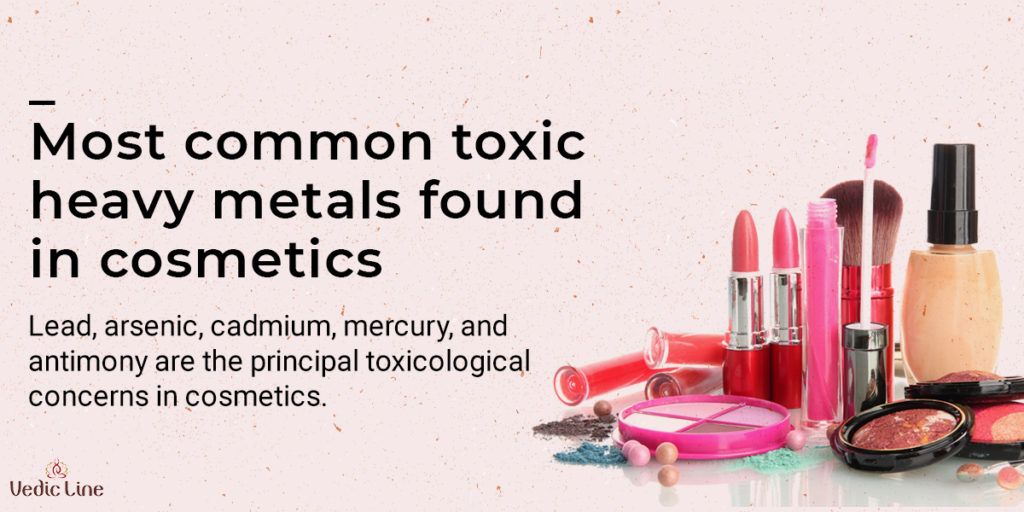Pay Attention About These Harmful Ingredients In Cosmetics Should Be Avoided

In these modern days, beauty items aren’t just seen in the store and add to the truck. With regards to getting them, there is much more exploration needed. Being mindful around them is very vital on the grounds that they are crawling all over and bodies. Lipsticks, mascara, and body washes are especially challenging to recognize what’s inside while having dazzling packaging. Wax, oil, and fragrances can once in a while incorporate much more hazardous mixtures. To the undeveloped eye, restorative items containing container items could seem obscure. A matte-completed case and gold cylinders make it hard to turn away. On the off chance that you are searching for fixings to keep away from ingredients to avoid in skincare, seeing isn’t sufficient.
As far as a wonder item, a formula that isn’t directed, a particular starting place, or a fixing list that isn’t clear can be difficult to trust. Their equations are not straightforward, so it is basically impossible to realize what is inside them. It is entirely expected for fixing records to comprise of lines of language that are hard to interpret, in any event, when they are uncovered. All things considered, what would it be a good idea for you to do next time you really want to purchase a beauty item; quit getting them generally together?
We recommend bookmarking this article and keeping an eye out for these harmful ingredients to avoid in skincare cosmetics and beauty products.

Parabens
We rate parabens as the most common ingredient in products due to their widespread use. A wide range of beauty products contains this chemical group, from face masks to shampoos. In order to increase the longevity of products, parabens are used as preservatives, but they may end up disrupting the body’s hormonal balance. You can head to the No-paraben products.
SLS or SLES
The two terms can be broken down into Sodium Lauryl Sulfate and Sodium Laureth Sulfate harmful ingredients in face wash. This is what makes beauty products foam and lather more to give customers that feeling of squeaky clean. As a result, they are commonly used in face washes and shower gels. When applied to the skin, sodium lauryl sulfate and sodium Laureth sulfate can cause irritation.
Phthalates
Phthalates are particularly used in nail products, hair sprays, and many other skin products. Dibutyl Phthalate (DBP) is a commonly used plasticizer that makes products more flexible. Exposure to it can cause nausea, and irritation of the eyes, skin, nose, mouth, and throat.

Mineral Oil
Give the next pricey bottle of beauty oil you purchase a good, long look. You should be warned if mineral oil is on the list as it is considered bad ingredient in skin care. Mineral oil, which is a filler used in a variety of lotions, oils, and creams, can coat the skin and clog pores, causing acne and pimples.
Toluene
Toluene is another chemical used in nail products used to thin paint. It is a petrochemical that is toxic to the liver as well as can cause birth defects. Now applying nail paints cannot be stopped, so try to use them only when necessary and it is important to remember that poisoning can happen only after one dose, so occasional use should not pose any danger.
Talc
In 2019, the FDA advised consumers to abstain from using certain cosmetic products as they were found to contain asbestos. It is important to differentiate which talcum powder contains asbestos and which is asbestos-free. Talc, which contains asbestos, is commonly believed to cause cancer if inhaled.
Polyethylene (PEGs)
PEGs are artificial petrochemicals that are frequently found in cosmetics and hair color products. They are applied to enhance observation. PEGs have been discovered to include contaminants such as 1, 4-dioxane, and ethylene oxide. These two are respiratory irritants and carcinogens. Ethylene oxide exposure over an extended period of time can have negative effects on health.

Heavy metals
Heavy metals such as lead, arsenic, mercury, aluminum, zinc, chromium, and antimony are found in many personal hygiene products, including lipstick, whitening toothpaste, eyeliner, antiperspirants, and nail color.
Triclosan
Commonly found in soaps, mouthwashes, shaving creams, deodorants, and toothpaste, triclosan is a synthetic antibacterial agent used to extend the shelf life of products. According to researchers, triclosan can be taken in very small doses. However, its presence in items of daily use can be extremely dangerous.
Carbon black
Despite being on the FDA’s list of prohibited goods, carbon black is nonetheless used in cosmetics. Carbon black, or a close relative, is the source of the darkest black pigment used in eye makeup.
Ethanolamine
Ethanol is present in many consumer products ranging from cosmetics, personal care products, and household cleaning products. Both have been linked to liver tumors. Be sure to read labels when buying cosmetics, or personal care products, and avoid products that contain DEA, TEA, and MEA.
Closing
Make sure any beauty product you buy in the future—whether it’s for your hair, body, or face—isn’t loaded with ingredients to avoid in skincare like these.
